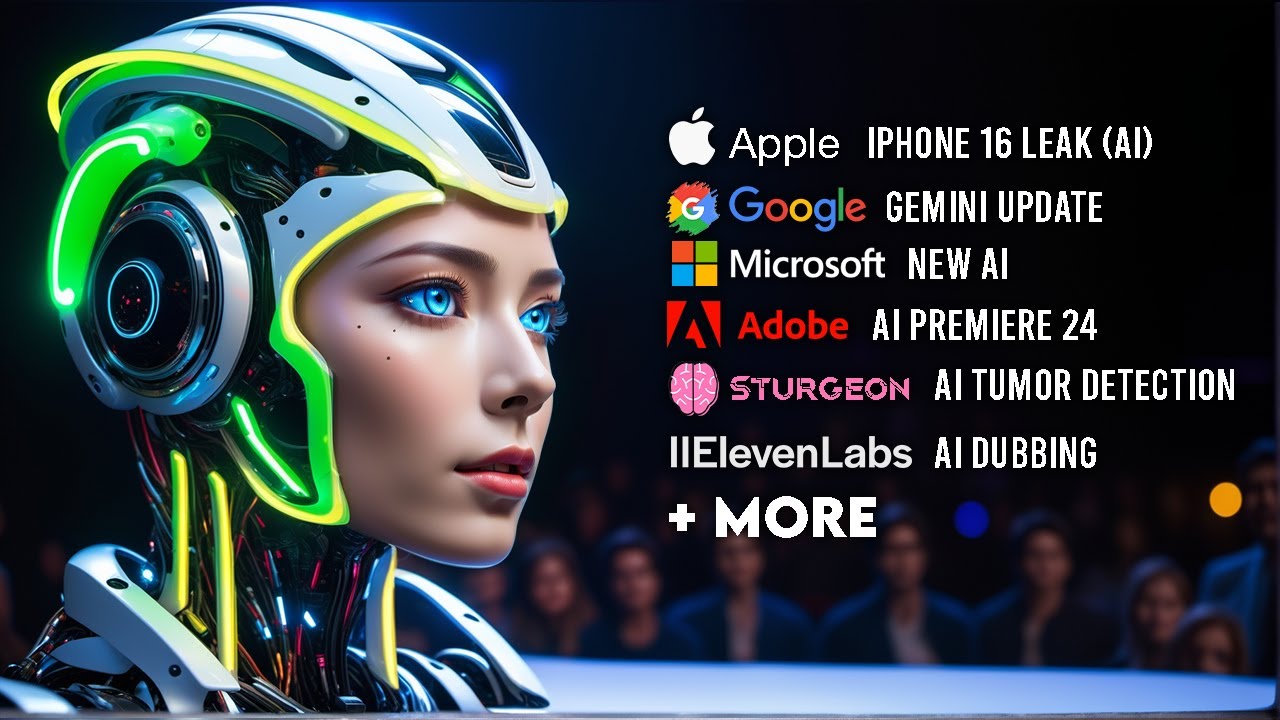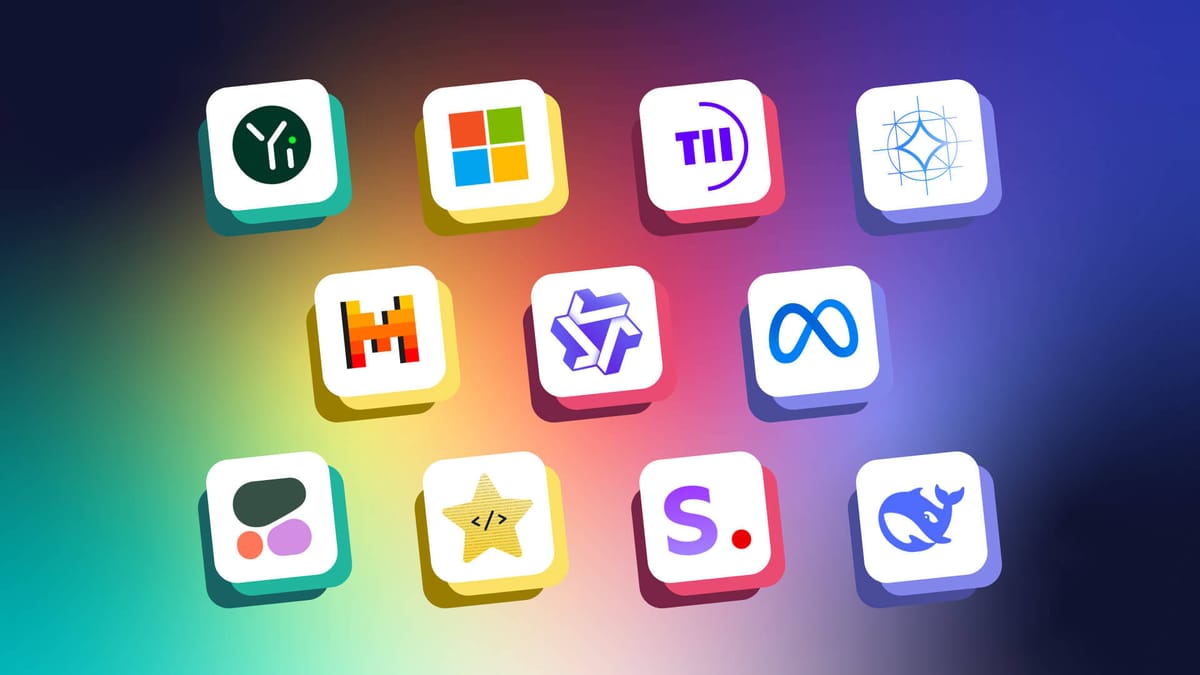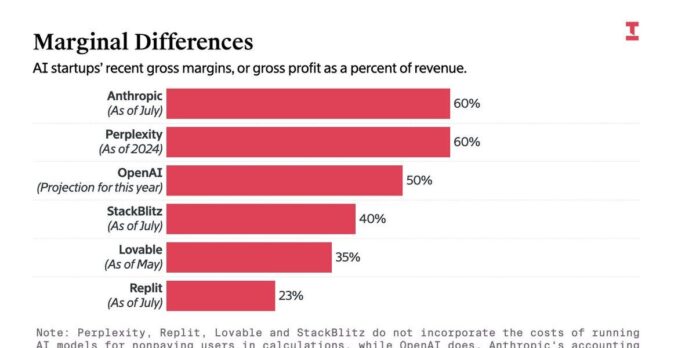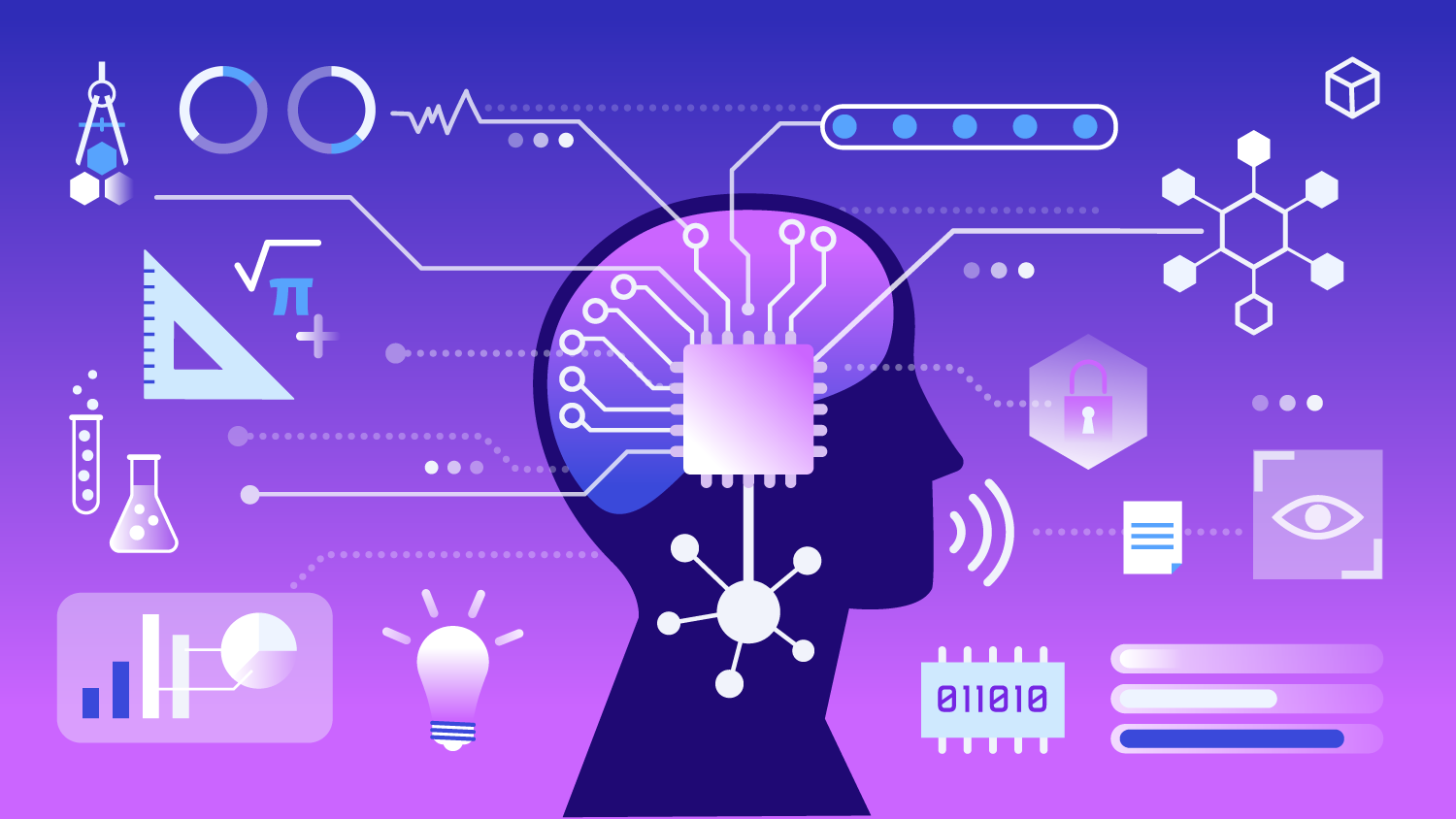🚀 Introducing Recall.ai’s Desktop Recording SDK!
We’re thrilled to announce our latest innovation — the Desktop Recording SDK, designed to seamlessly capture meeting data without a bot. Here’s what makes it a game-changer:
- No more bots: Record audio and video efficiently, making integration smoother for developers.
- Ultimate reliability: Our SDK ensures that data capture is faultless, providing peace of mind.
- Streamlined integration: Perfect for apps in telehealth, sales, and more, we’ve powered over 2000 companies like Hubspot and Clickup.
Why did we create this?
- After spending 70% of our resources on recording features in our first startup, we knew there had to be a better way.
Key Benefits:
- Easy access to meeting data
- Optimized for performance
- Supports AI-driven unstructured transcripts
👉 Ready to elevate your meeting experience? Try us out with $5 in free credits! Your feedback is invaluable to us—share your thoughts!








